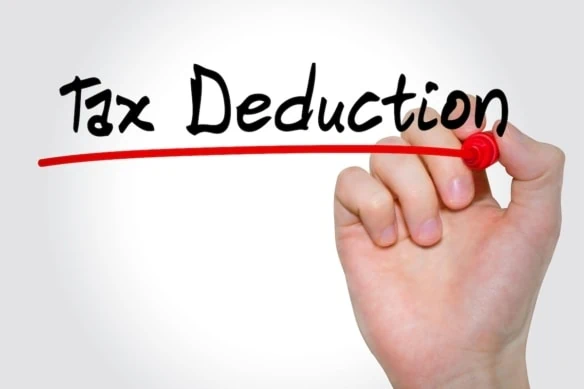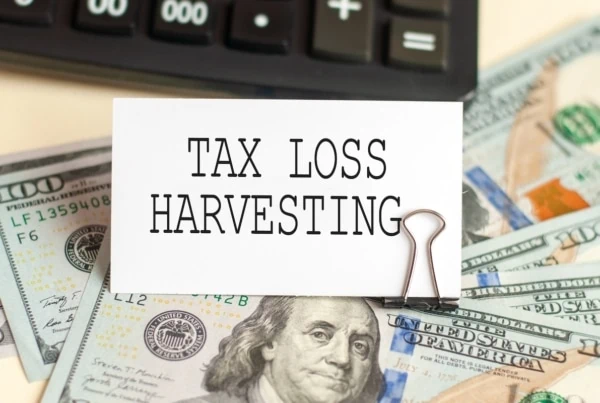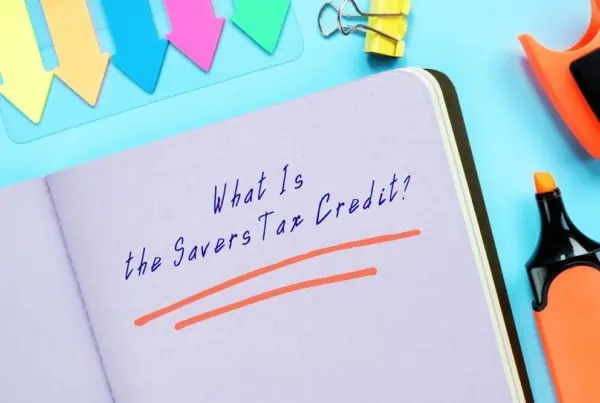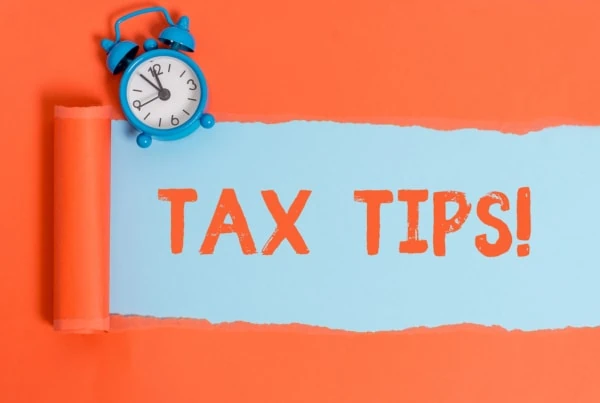Every year, as you file your federal income tax return, you have an important decision to make: itemize, or take the standard deduction. You can only pick one, but at least you can select the option that cuts your tax bill the most.
Standard deduction amounts are adjusted each year to account for inflation, which helps taxpayers by increasing their deduction nearly every year. Those increases have become milder over the past couple of years as inflation has been pared down. Still, for smart taxpayers who want to start thinking about their 2025 tax situation now, the IRS has already released the standard deduction amounts for the 2025 tax year.
Want to get a jump on your 2025 tax planning? Read on, as we lay out all of the various standard deduction amounts for next year. This is typically the most important tax deduction for about 90% of all Americans—so it’s something you definitely want to be on top of well before it’s time to file your return.
Featured Financial Products
Related: Federal Tax Brackets and Rates for 2024+ 2025
Standard Deduction Amounts for the 2025 Tax Year
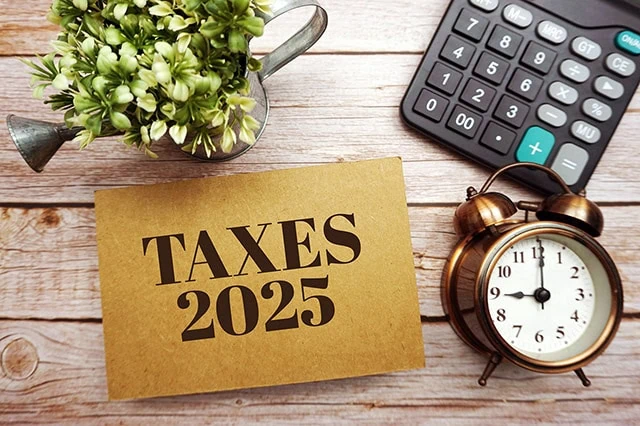
Your standard deduction for the year primarily depends on your filing status, but it can also be impacted by your age, whether or not you’re a dependent, and even your vision.
For the 2025 tax year, the basic standard deduction based on your filing status will be as follows:
| Filing Status | 2025 Standard Deduction |
|---|---|
| Single | $15,750 |
| Married Filing Jointly | $31,500 |
| Married Filing Separately | $15,750 |
| Head of Household | $23,625 |
| Qualifying Surviving Spouse | $31,500 |
Standard Deduction Limit for Dependents
The basic standard deduction is capped for people who can be claimed as a dependent on someone else’s tax return. For 2025, a dependent’s basic standard deduction will be limited to the greater of:
- $1,350
- Your earned income plus $450 (but not more than the applicable basic standard deduction amount)
Earned income includes salaries, wages, tips, professional fees, and other compensation for work. It also includes any part of a taxable scholarship or fellowship grant.
Related: 12 States That Tax Social Security Benefits
Additional Standard Deduction for Age and/or Blindness
Anyone who’s at least 65 years old or legally blind at the end of next year will be able to claim the following additional standard deduction amount for the 2025 tax year:
- $1,600 for married couples filing jointly, married taxpayers filing separately, and surviving spouses
- $2,000 for single and head-of-household filers
For married couples who file a joint tax return, both spouses will get an additional standard deduction for being at least 65 years old or blind. If you or your spouse is both 65 or older and blind, then the additional deduction for that person will be doubled.
If you’re married but file a separate return, your spouse will be eligible for the additional standard deduction on your return only if he or she has no income, isn’t filing a return, and can’t be claimed as a dependent on someone else’s tax return for the tax year. The additional deduction will also be doubled for separate filers for either qualifying spouse who is both 65 or older and blind.
For more on the standard deduction, including the 2024 standard deduction amounts, see What Is the Standard Deduction?
Senior Deduction
The passage of the 2025 budget reconciliation bill also ushered in a new (albeit temporary) Senior Deduction.
To qualify for the Senior Deduction, you must turn 65 within the tax year you want to claim it, you must have a Social Security number (an individual taxpayer identification number, or ITIN, is not enough), and if you’re married, you must file a joint return. You can take the Senior Deduction regardless of whether you itemize or take the standard deduction, and you can take it in addition to the additional standard deduction.
All qualified seniors start with a $6,000 deduction. If you’re married and filing a joint return, both you and your spouse start with a $6,000 deduction, for a total of $12,000. However, if your “modified adjusted gross income” (MAGI) is more than $75,000 ($150,000 if you’re filing a joint return), then your $6,000 deduction is reduced by 6¢ for every dollar of MAGI over the applicable threshold. The $6,000 deduction is reduced all the way to $0 when your MAGI reaches $175,000 ($250,000 for joint filers).
For purposes of this deduction, MAGI is equal to the adjusted gross income reported on your tax return, plus any:
- foreign earned income or housing excluded from taxation
- income excluded from taxation for residents of Guam, American Samoa, the Northern Mariana Islands, or Puerto Rico
Example: Suzanne is 80 years old and single. Her MAGI for the year is $90,000, which is $15,000 over the phase-out threshold for single taxpayers ($90,000 – $75,000 = $15,000). As a result, her deduction is reduced by $900 ($15,000 x .06 = $900). So, her Senior Deduction for the year is $5,100 ($6,000 – $900 = $5,100).
Just note that the Senior Deduction is temporary: Per the reconciliation bill, it is only available through the 2028 tax year.
Related: Capital Gains Tax Rates
Inflation Adjustments for the 2025 Standard Deduction Amounts
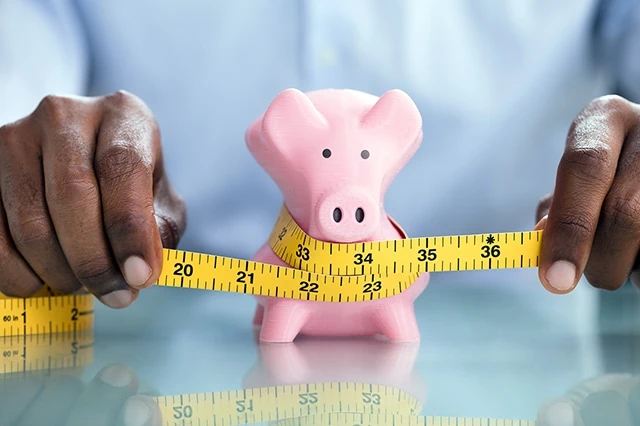
The 2025 basic standard deduction amounts for most people increased by approximately 2.7% when compared to the 2024 amounts. That rate of increase is slower than the past few years since the start of COVID-19, as inflation has been slowing, but still higher than the few years prior to the pandemic.
Young and the Invested Tip: The 2.7% increase translates to a $400 jump in the basic standard deduction from 2024 to 2025 for single taxpayers, an $800 rise for joint filers, and a $600 boost for head-of-household filers.
The basic standard deduction jumped a whopping 6.95% from 2022 to 2023 for the majority of people (7.22% for head-of-household filers), then 5.4% (5.3% for head-of-household filers) from 2023 to 2024.
The standard deduction amounts don’t usually rise as swiftly as they have in the past three years, however. That’s because the inflation rate has been unusually high since mid-2021.
The standard deduction was nearly doubled by the Tax Cuts and Jobs Act (starting with the 2018 tax year). Between then and 2022, the increases were more modest, as shown in the table below.
| Tax Year | Head of Household Filer’s Standard Deduction Increase | All Other Taxpayers' Standard Deduction Increase |
|---|---|---|
| 2026 | 2.22% | 2.22% |
| OBBB change | 5.00% | 5.00% |
| 2025 | 2.74% | 2.73% |
| 2024 | 5.41% | 5.29% |
| 2023 | 6.95% | 7.22% |
| 2022 | 3.19% | 3.18% |
| 2021 | 0.80% | 1.21% |
| 2020 | 1.63% | 1.64% |
| 2019 | 1.94% | 1.67% |
Note that, if any increase triggered by the inflation adjustment rules is not a multiple of $50, the increase is rounded to the next lowest multiple of $50.




